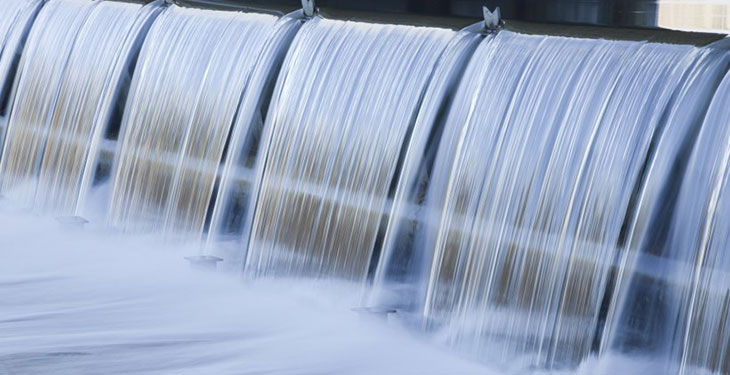Hydroelectric power generation capacity is vital for faster integration of wind and photovoltaic energy, but nevertheless its growth rate would slow by 23% in this decade, without a change in policies and an acceleration of investment, the International Energy Agency (IEA) announced on Wednesday, Reuters reports.
“Hydropower is the forgotten giant of clean electricity and needs to be put back on the energy and climate agenda if countries are to be serious about achieving their zero carbon targets,” said IEA’s GM, Fatih Birol.
In addition to producing large amounts of low-carbon electricity, many hydropower plants can increase or decrease their production very quickly, allowing the integration of more fluctuating electricity generation from wind and photovoltaic installations, the IEA said in a report dedicated to hydro energy.
Despite these benefits, many hydropower projects face lengthy permitting procedures, high costs and risks from environmental studies, as well as opposition from local communities, says IEA, according to Agerpres.
In 2020, hydropower accounted for one-sixth of global electricity production, a higher percentage than other renewable energy sources combined, covering most of the electricity needs in 28 emerging and developing economies – a combined population of 800 million, the IEA added.
Hydropower production capacity is expected to increase by 17%, or 230 GWh between 2021 and 2030, led by China, India, Turkey and Ethiopia, but growth in this decade is almost 25% lower than the expansion in the previous decade, shows the IEA report.
Nearly half of the viable economic potential of hydropower worldwide remains undeveloped, especially in developing economies, the IEA points out.
